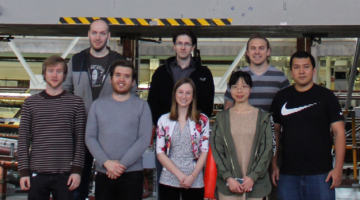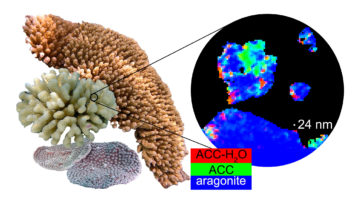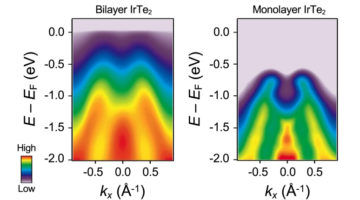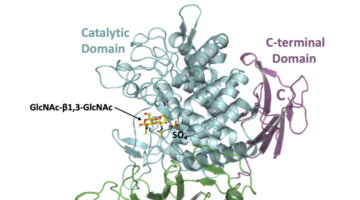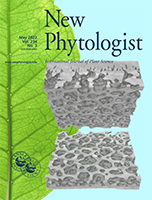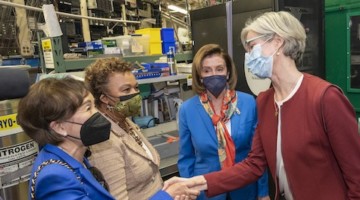ALS Doctoral and Postdoctoral Fellowships allow researchers to spend a year in residence at Berkeley Lab working at the frontier of synchrotron radiation research and helping advance state-of-the-art techniques and applications. The next application cycle will be open May 6–June 6, 2022. Read more »
All News & Updates
Key to Coral Resilience Is Faster Skeletal Crystallization
In a new study, researchers show that the crystallization rate of coral skeletons differs across species and is correlated with their resilience to ocean acidification. The results have implications for predicting coral reef survival and developing mitigation strategies against having their bony skeletons weakened by ocean acidification. Read more »
A Novel Insulating State Emerges in a 2D Material
Researchers found a unique insulating state in an atomically thin material, driven by the combined effects of lattice–charge interactions and atomic-bond formation. The work provides a better understanding of charge ordering in two-dimensional materials and opens up new possibilities for achieving designer electronic properties. Read more »![]()
![]()
Newly Discovered Bacterial Enzyme Produces Useful Biopolymer
Researchers identified a bacterial enzyme that produces a novel biopolymer. The polymer, dubbed acholetin, is a chain of sugar molecules known as a polysaccharide. Acholetin is similar in structure to chitin, the major component of insect exoskeletons, and holds promise as a useful biomaterial because of its biodegradability and biocompatibility. Read more »
Structural organization of the spongy mesophyll
Many leaves have two layers of photosynthetic tissue: the palisade and spongy mesophyll. The latter is not well characterized and often treated as a random assemblage of irregularly shaped cells. These results show that simple principles may govern the organization and scaling of the spongy mesophyll in many plants and demonstrate the presence of structural patterns associated with leaf function. Read more »
Celebrate 75 Years of Synchrotron Light with #My1stLight Stories
April 24, 2022 marks the 75th anniversary of synchrotron light. Celebrate this milestone by sharing your memories of synchrotron science. These will be published on the Lightsources.org website and posted on social media. Read more »
Sintu Rongpipi, Scattering Postdoc
Having spent a lot of her PhD studies doing research at the ALS, Sintu Rongpipi knows that synchrotron characterization brings her moments of immense joy. Find out what she’s characterizing now as well as her secret talents. Read more »
Speaker Nancy Pelosi and California Congressional Members Tour ALS
On February 25, the Lab hosted Speaker of the House Nancy Pelosi, Rep. Barbara Lee, Rep. Doris Matsui, UC President Michael Drake, and Intel CEO Patrick Gelsinger. Lab leaders and researchers shared ways the ALS propels research in the fields of clean energy, microelectronics, human health, and more. Read more »
Reminder: Propose Workshops for the User Meeting
The Users’ Executive Committee (UEC) has been busy planning the User Meeting, slated for this August 15–17. Remember to submit your ideas for workshops and tutorials. Read more »
Berkeley Lab Guest House Reopens
The Berkeley Lab Guest House (BLGH) has reopened as of March 7 after two years of closure. At this time, guests will be limited to Berkeley Lab affiliates, which include users. Read on for more details, as well as food service and shuttle service updates. Read more »
- « Previous Page
- 1
- …
- 38
- 39
- 40
- 41
- 42
- …
- 139
- Next Page »
